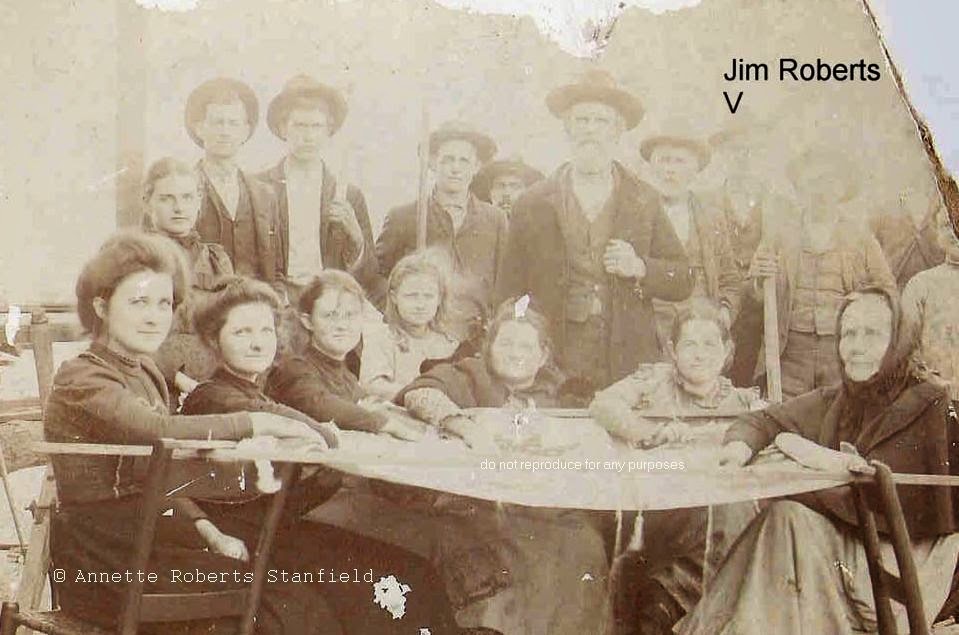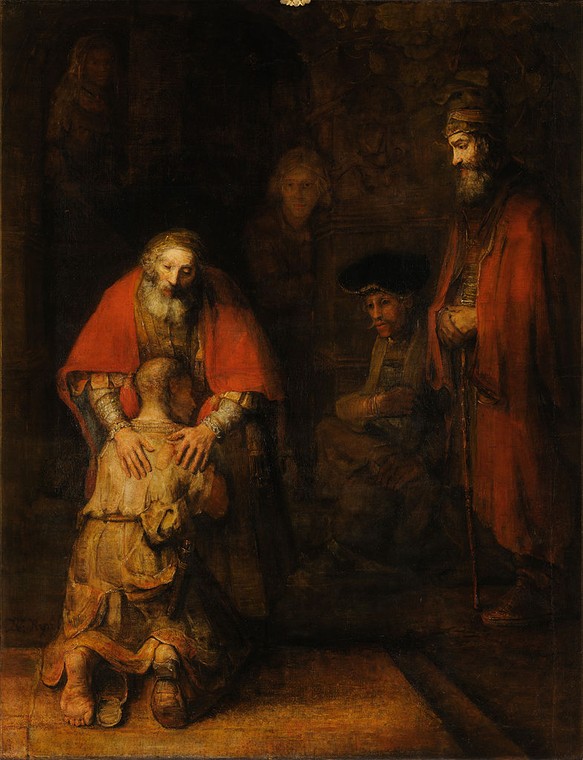When your job is what most people think of as a hobby, what do you do for fun?
 |
|
Lady Standing at a Virginal, 1670-72, Johannes Vermeer
|
My reenactor friends have an all-consuming passion that I sometimes envy. They shimmy out of their office clothes each Friday, reach for the worn cotton frock or woolen tunic, and spend the weekends trudging through mud, carrying water, marching in the heat, whittling, sewing, slopping hogs, or pursuing whatever other aspect of pre-modern life floats their boat.
I love painting and can’t imagine doing anything else. But twenty years ago when I picked up my brushes full time, I never thought for a moment about what it meant to start earning money in one’s primary avocation. Nobody can focus on one thing to the exclusion of everything else. This is embarrassing to admit, but I have no hobbies, unless you consider cleaning up after the elderly dog a hobby.
When my friend Dennis told me he is an accountant with the soul of an artist, I realized that, in some ways, I’m an artist with the soul of an accountant. So why not take up accounting for fun? I looked into the possibility of joining an investment club. That could be profitable, I thought. Of course, once it’s profitable, it’s no longer a hobby.
 |
|
Music panels from the Ghent Altarpiece, 1430-32, Hubert and Jan van Eyck
|
When my kids were young, I took up gardening. This was easy, since I was raised on a farm and had extensive experience with shovel and rake. Gardening is a brilliant hobby for young parents. It allows them to keep a sharp eye on the youngsters without appearing to hover.
As so often happens, that hobby started to balloon. Pretty soon I was planting and maintaining sprawling gardens at the corner church, and schlepping my wheelbarrow over there three times a week.
Today my schedule involves too much time on the road during the peak gardening months. I can barely keep the weeds at bay in the small foundation beds we have.
Before children, I used to play the keyboard and guitar and sing. I wasn’t a complete moron at any of those things. I’d had instruction from well-regarded musicians. However, my first cancer treatment left me with lung problems that ruined my voice. My piano taunts me from across the room, but after 28 years I doubted I remember much about it.
 |
|
The Bagpiper, 1624, Hendrick Terbrugghen. I even have the tam!
|
A few days ago, I sat down and played. I was every bit as bad as I expected, but the funny thing is, in some ways playing the piano really is like riding a bicycle. The keys are all there where I left them. As for my voice, it’s a mess. But my husband doesn’t mind the caterwauling. He just puts on his headphones and turns up the volume while I run through my vocal scales. If I can just remember to never open the windows, we should be fine.















